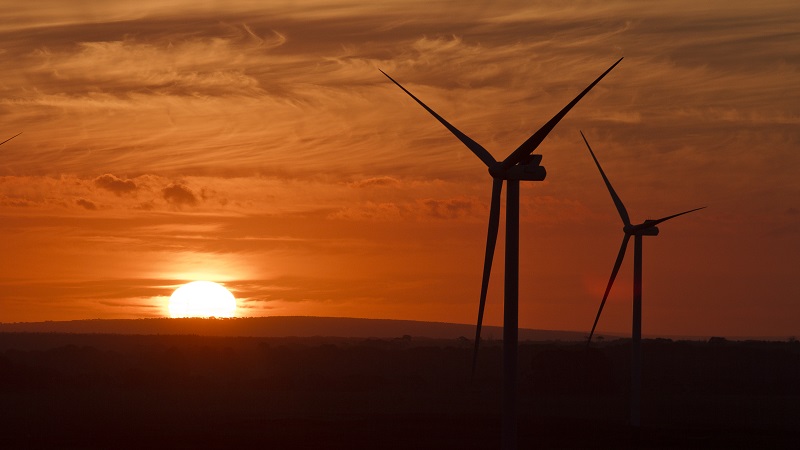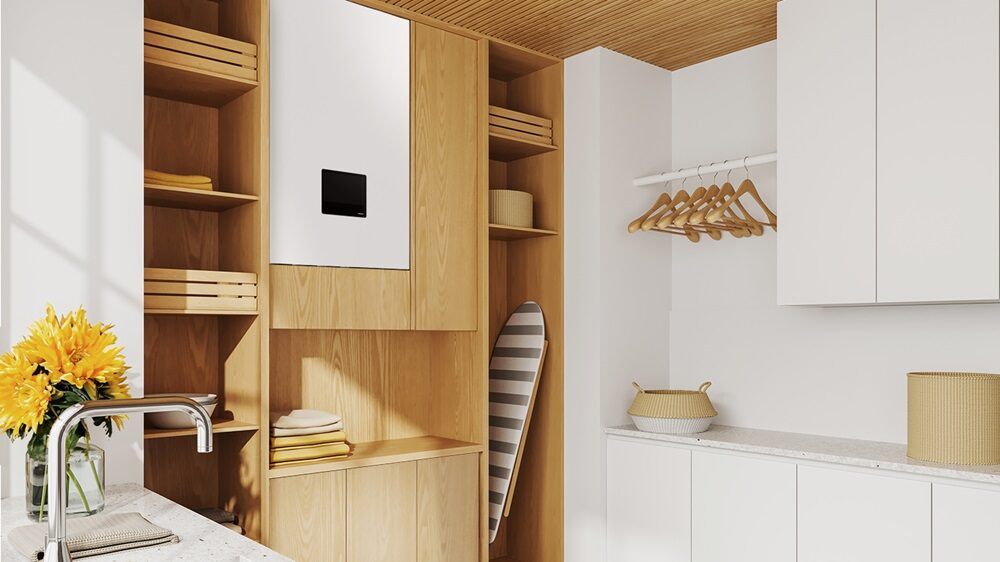One of the world’s largest wind power firms and leading producer of wind turbines, Vestas Wind Systems A/S, has announced plans to build hybrid renewable energy plants comprised of wind and solar/or battery storage.
The Danish firm, which installed 11.2 GW of wind power in 2017 and generated revenues of €10 billion, sees tighter margins in the wind industry in the near future, and amid consolidation has taken the step to branch out further into solar and storage, company CEO Anders Runevad revealed in an interview with Bloomberg New Energy Finance (BNEF).
Financials aside, Runevad added that hybridization makes complete sense as the energy generation mix continues its tilt towards renewables – particularly in Europe. “We broaden the scope to sustainable energy,” the CEO told BNEF. “We see a fairly rapid increase in interest, people asking for hybrid is growing. That’s definitely in itself a new revenue stream to tap into.”
Recently, the wind firm invested €10 million in the Northvolt battery production plant in Sweden, joining the likes of ABB and Scania in providing financial support for the project dubbed “Europe’s Tesla gigafactory”.
Vestas has also begun working with Tesla on developing battery solutions specifically for wind turbines, and also purchased Utopus Insights Inc, an analyst firm that can predict weather patterns and model energy output using AI.
“We are really looking at the steps we need to take to stay competitive as the renewable industry evolves and the energy system begins to decarbonize,” Vestas Wind Systems VP of communications Andrew Hilton told pv magazine. “And that means integrating different technologies. The Kennedy Energy Park in Australia Vestas’s first real commercial-scale hybrid plant.”
This $160 million project, located in Queensland, is being financed by the Clean Energy Finance Corp (CEFC), with Vestas acting as the EPC and Tesla the battery supplier. While 60.2 MW in capacity overall, solar will provide just 15 MW of power, with Tesla’s lithium-ion battery providing 4 MWh and wind power the remaining capacity.
“Kennedy is an indication of how Vestas is looking to procure and integrate whatever technologies are needed,” Hilton added. “Our focus right now is to figure out how best to integrate energy production sources, dispatch it to the grid and manage assets. We’re not really taking an interest in developing our own solar panels or batteries.”
Co-locating solar and wind plants, while not new, is definitely an under-tapped market. Siemens Gamesa is currently in the process of building a 28.8 MW solar facility at an existing 50 MW wind farm in India, and Spain’s Fotowatio was recently selected in the 600 MW Chilean power auction to build a wind-solar hybrid project in the country.
Finnish power giant, Wärtsilä is also embarking on a large-scale ramp-up of solar, gas and battery hybrid plants, but so far has not ventured into wind.
“Vestas’ rising interest in hybrid projects, combining wind power with solar and/or storage, reflects new opportunities from the global energy transition,” BNEF analyst James Evans said. It also “tracks similar hybrid project research by peers Siemens Gamesa, Suzlon and Goldwind.”
Urban Windelen, CEO of German energy storage association BVES, told pv magazine that Vestas’ actions are a smart example of the innovation potential of storage solutions in combination with renewables. “Holistic system integration approaches like hybrid solutions or flexible sector coupling are the next crucial step towards a viable energy supply system.”
This content is protected by copyright and may not be reused. If you want to cooperate with us and would like to reuse some of our content, please contact: editors@pv-magazine.com.



1 comment
By submitting this form you agree to pv magazine using your data for the purposes of publishing your comment.
Your personal data will only be disclosed or otherwise transmitted to third parties for the purposes of spam filtering or if this is necessary for technical maintenance of the website. Any other transfer to third parties will not take place unless this is justified on the basis of applicable data protection regulations or if pv magazine is legally obliged to do so.
You may revoke this consent at any time with effect for the future, in which case your personal data will be deleted immediately. Otherwise, your data will be deleted if pv magazine has processed your request or the purpose of data storage is fulfilled.
Further information on data privacy can be found in our Data Protection Policy.